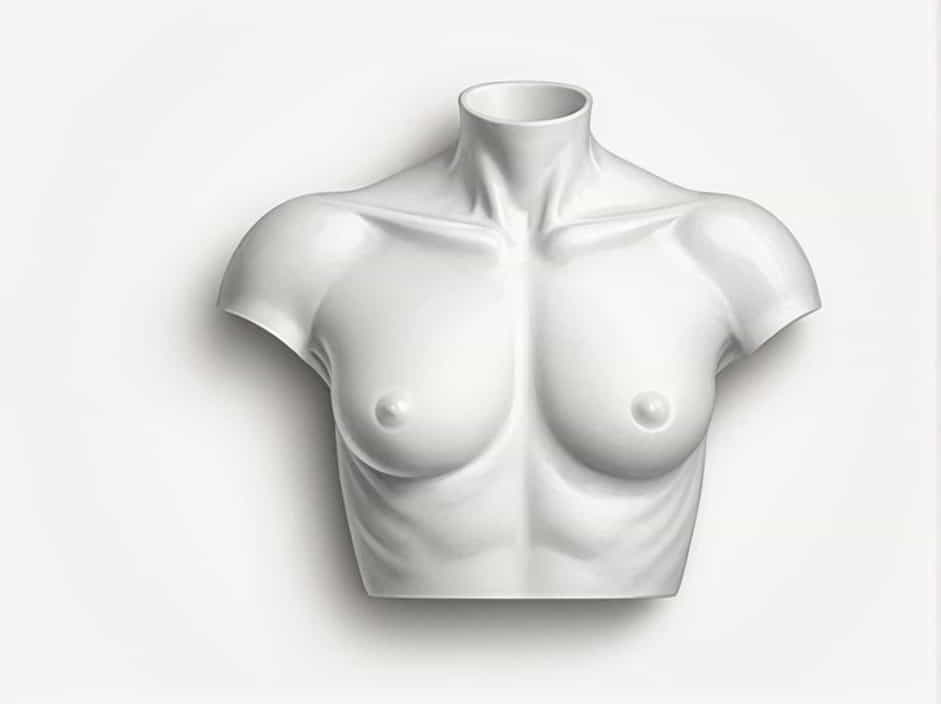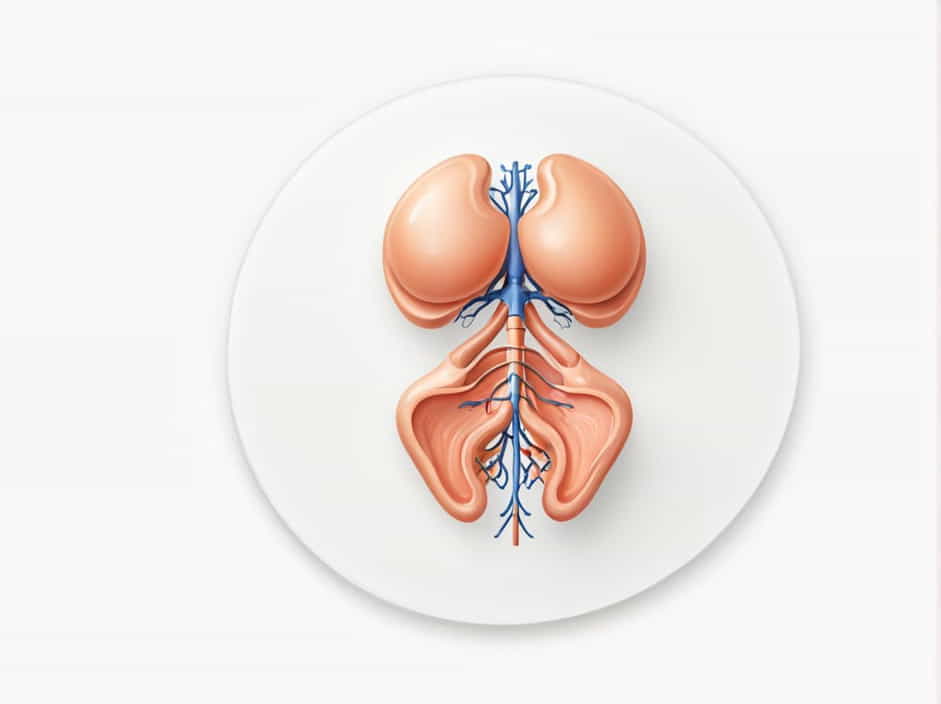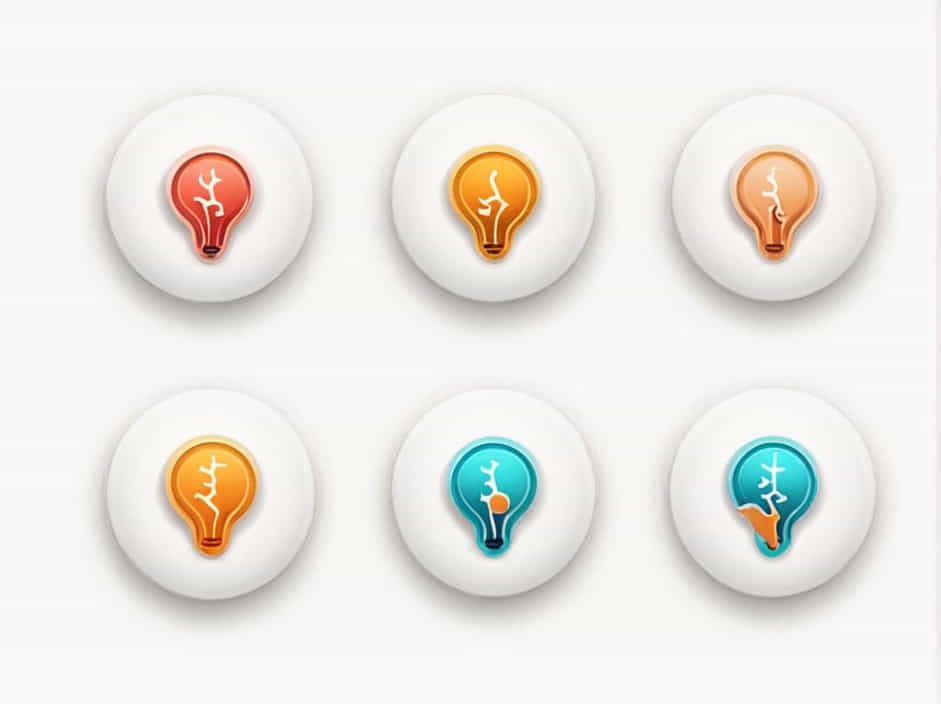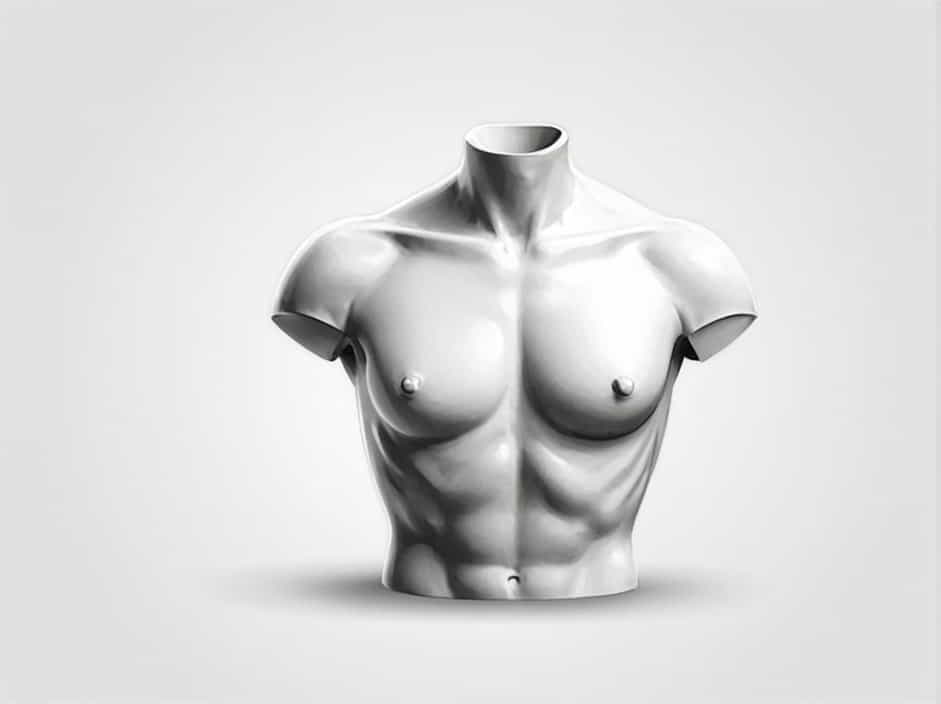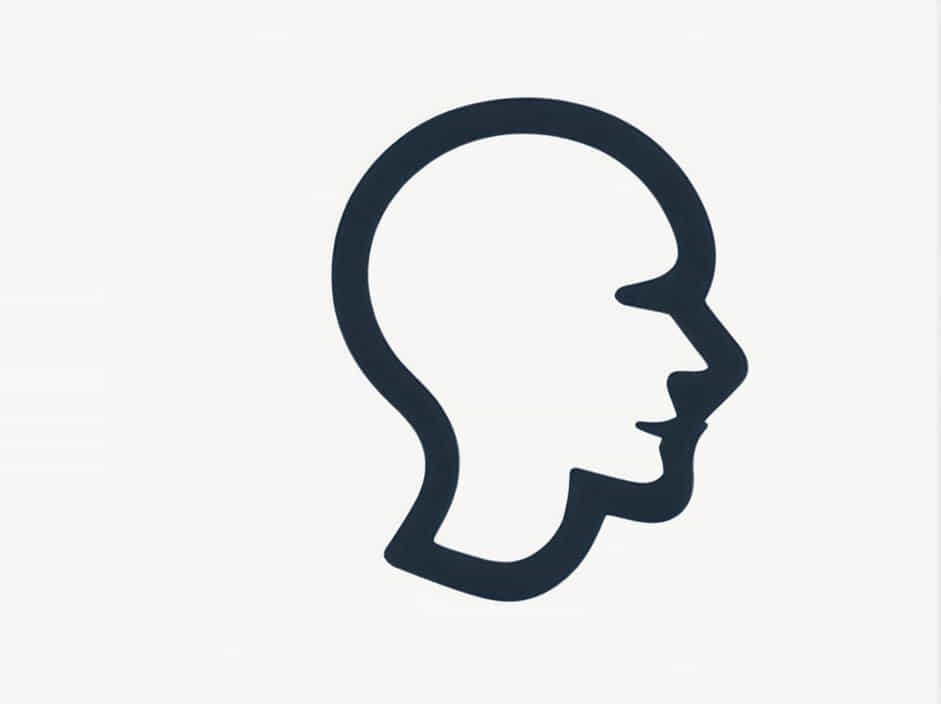Point Where Scapula And Clavicle Connect
The acromioclavicular (AC) joint is the point where the scapula (shoulder blade) and clavicle (collarbone) meet. This small but crucial joint plays a vital role in shoulder movement and stability, allowing a wide range of arm motions. Understanding the anatomy, function, and common injuries of the AC joint is essential, especially for athletes, weightlifters, and … Read more
